| Step 1: | | |
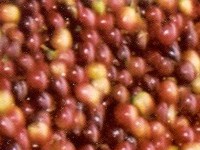 |
Coffee is harvested by hand-picking ripe cherries from coffee plants. The cherries are then shipped in trucks to a processing plant. |
| |
| Step 2: | |
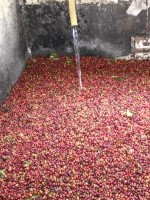 |
After arriving at the processing center, the cherries are rinsed with water. |
| |
| Step 3: | |
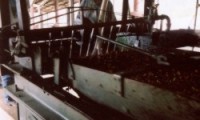 |
After being washed, the pulp from the cherries is removed in a pulping machine, and the coffee seeds (beans) continue on conveyor belts and fall into large fermenting tanks.
|
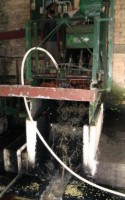 |
|
| |
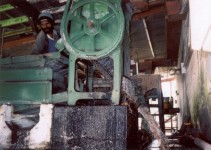 |
The pulp goes out the back... |
| |
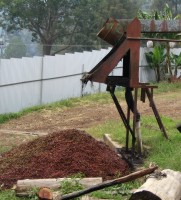 |
...and into a pile outside to be shipped away as fertilizer. |
| |
| Step 4: | |
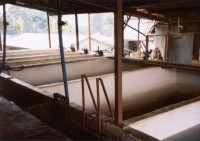 |
The seeds fall down into large fermenting pits and are left to ferment for one to three days. This process helps to separate the final sticky pulp layer from the beans.
|
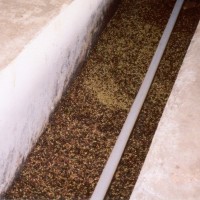 |
|
| |
| Step 5: | |
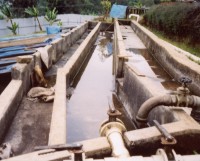 |
Next, the coffee seeds are pumped up to these washing pits to remove the remaining pulp. |
| |
| Step 6: | |
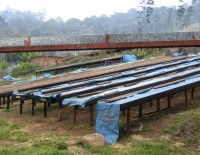 |
Now clean, the coffee seeds run down into concrete terraces to begin to dry and be hand-sorted. At this point, any remaining complete cherries and rotton or immature beans are removed. |
| |
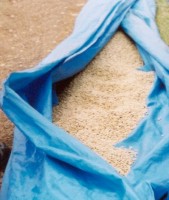 |
These beans are all sorted and wrapped in a blue tarp to keep the rain off. |
| |
| Step 7: | |
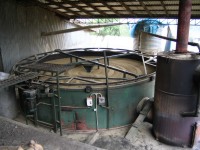 |
The sorted coffee seeds are carried down to huge round dryers. A wood furnace and rotating mechanical arms ensure a speedy drying process. |
| |
| Step 8: | |
 |
After drying, the coffee beans are put into a 10-ton capacity hopper. From here, they fall down into a machine which removes the "parchments"/"hulls" and polishes the beans. |
| |
| Step 9: | |
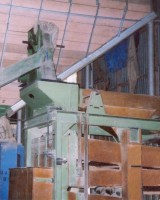 |
In the next step, the coffee beans are grading according to size to ensure even roasting. This grader machine has multiple slightly inclined trays which shake and force smaller coffee beans to fall down through sized grates to the next tray. The top tray catches the largest coffee beans, which slide down the incline into an appropriately labelled bag. The next tray catches the next largest beans, and so on. This grader separates the beans into 5 grades, or sizes. |
| |
| Step 10: | |
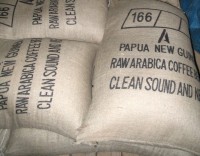 |
These unroasted green Arabica coffee beans are in bags, ready to be sold to large coffee companies both locally and overseas. These companies often also buy cheaper Robusta coffee beans and blend Arabica and Robusta beans together. By buying green beans, coffee companies are also free to roast the coffee according to their particular standards. |
| |
| Roasting | |
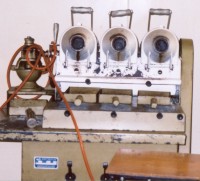 |
Roasting coffee beans in heated, rotating metal cylinders helps to ensure even roasting and to prevent burning. |


























